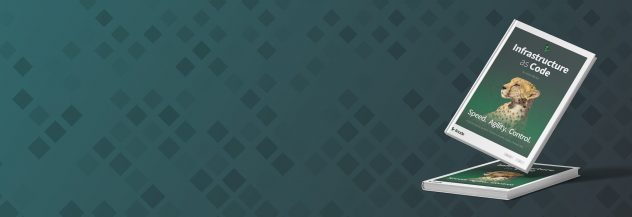Troubleshooting Linode Longview
This guide discusses basic troubleshooting steps to help you diagnose and resolve any issues you may encounter while using Longview. If you’re experiencing problems with the Longview client, follow the steps outlined in this guide to help determine the cause.
Basic Diagnostics
Ensure that your system is fully updated.
Note
Longview requires Perl 5.8 or later.Verify that the Longview client is running. Use the command that is appropriate for your distribution’s initialization system:
CentOS, Debian, and Ubuntu
sudo systemctl status longview # For distributions with systemd.Other Distributions
sudo service longview status # For distributions without systemd.If the Longview client is not running, start it with the command appropriate for your distribution’s initialization system:
CentOS, Debian, and Ubuntu
sudo systemctl start longviewOther Distributions
sudo service longview startIf the service fails to start, check Longview’s log for errors. The log file is located in
/var/log/linode/longview.log.
Debug Mode
Restart the Longview client in debug mode for increased logging verbosity.
First stop the Longview client:
CentOS, Debian, and Ubuntu
sudo systemctl stop longview # For distributions with systemd.Other Distributions
sudo service longview stop # For distributions without systemd.Then restart Longview with the
debugflag:sudo /etc/init.d/longview debugWhen you’re finished collecting information, repeat the first two steps to stop Longview and restart it again without the debug flag.
If Longview does not close properly, find the process ID and kill the process:
ps aux | grep longview sudo kill $PID
Firewall Rules
If your Linode has a firewall, it must allow communication with Longview’s aggregation host at longview.linode.com (IPv4: 96.126.119.66). You can view your firewall rules with one of the commands below, depending on the firewall controller used by your Linux distribution:
firewalld
sudo firewall-cmd --list-allNoteReview our Introduction to FirewallD on CentOS guide for more help with FirewallD.
iptables
sudo iptables -S
NoteReview our Control Network Traffic with iptables guide for more help with iptables.
ufw
sudo ufw show addedNoteReview our How to Configure a Firewall with UFW guide for more help with UFW.
If the output of those commands show no rules for the Longview domain (or for 96.126.119.66, which is the IP for the Longview domain), you must add them. A sample iptables rule that allows outbound HTTPS traffic to Longview would be the following:
iptables -A OUTPUT -p tcp --dport 443 -d longview.linode.com -j ACCEPT
NoteIf you use iptables, you should also make sure to persist any of your firewall rule changes. Otherwise, your changes will not be enforced if your Linode is rebooted. Review the iptables-persistent section of our iptables guide for help with this.
Verify API key
The API key given in the Linode Cloud Manager should match that on your system in /etc/linode/longview.key.
In the Linode Cloud Manager, the API key is located in the Installation tab of your Longview Client instance’s detailed view.
SSH into your Linode. The Longview key is located at
/etc/linode/longview.key. Usecatto view the contents of that file and compare it to what’s shown in the Linode Cloud Manager:cat /etc/linode/longview.keyThe two should be the same. If they are not, paste the key from the Linode Cloud Manager into
longview.key, overwriting anything already there.
Cloned Keys
If you clone a Linode which has Longview installed, you may encounter the following error:
Multiple clients appear to be posting data with this API key. Please check your clients' configuration.This is caused by both Linodes posting data using the same Longview key. To resolve it:
Uninstall the Longview agent on the cloned system.
CentOS:
sudo yum remove linode-longviewDebian or Ubuntu:
sudo apt-get remove linode-longviewOther Distributions:
sudo rm -rf /opt/linode/longviewAdd a new Linode Longview Client instance. This will create a new Longview API key independent from the system which it was cloned from.
Note
The GUID provided in the Longview Client’s installation URL is not the same as the Longview API key.Install the Longview Agent on the cloned Linode.
Contact Support
If you still need assistance after performing these checks, please open a support ticket.
This page was originally published on






